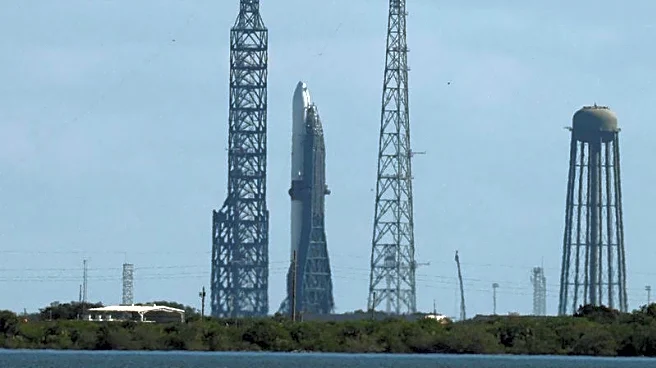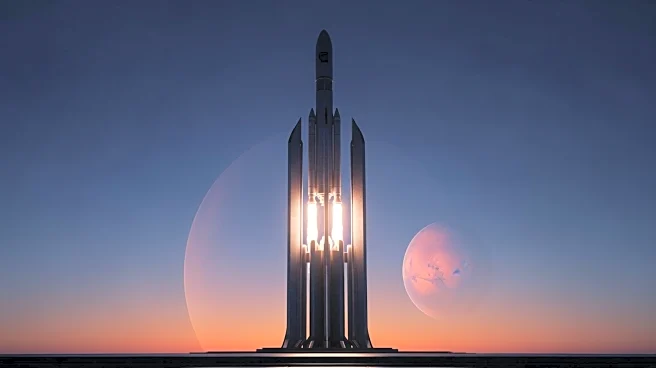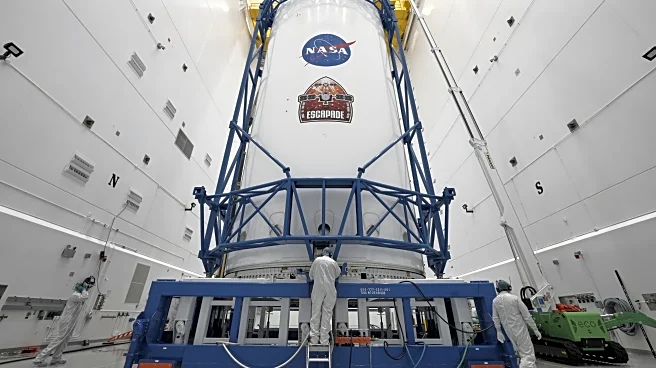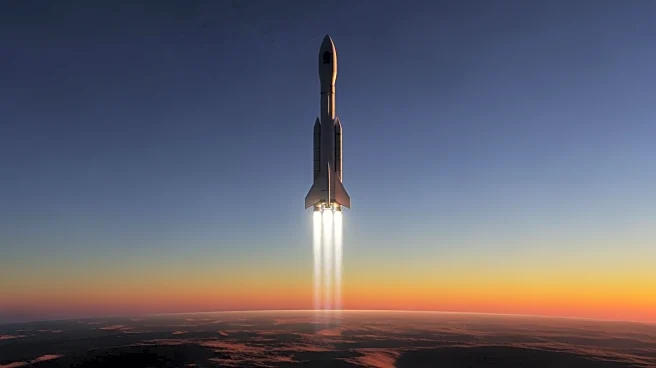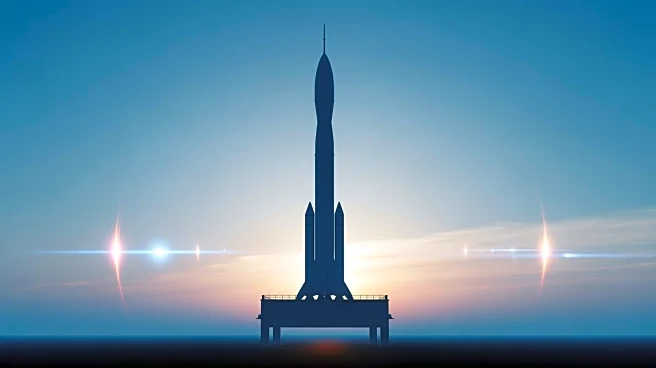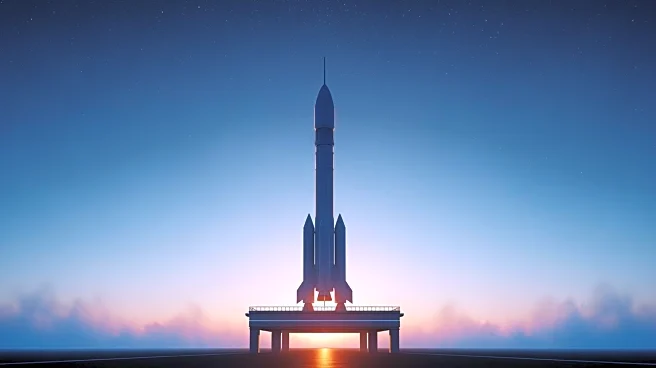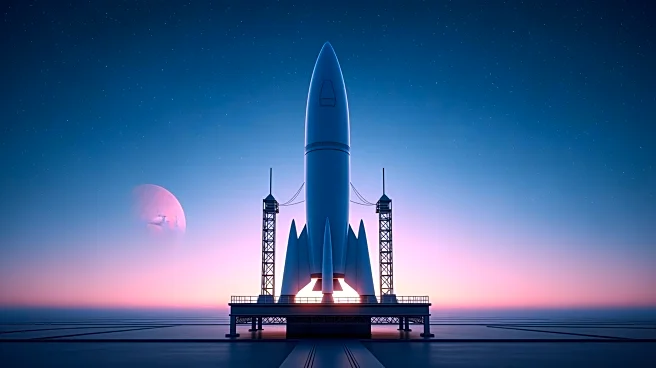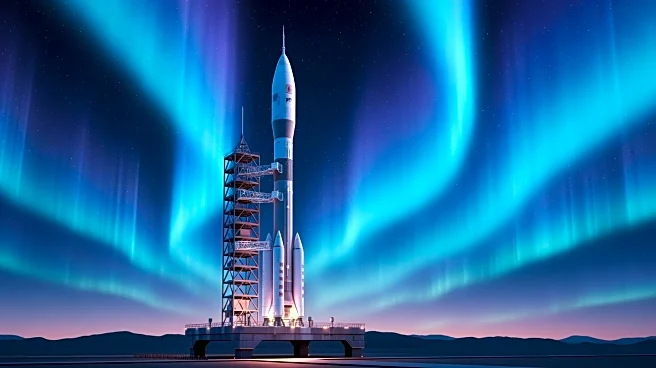What's Happening?
Dr. Jim Green, NASA's former chief scientist, discussed the possibility of snow on the moon during a recent episode of 'This Week In Space' podcast. Historical data suggests that billions of years ago,
the moon may have had an atmosphere dense enough to support snow, both carbon dioxide and water ice. This was due to a shared magnetic field with Earth, which could have created conditions for an early atmosphere. The podcast also covered recent space missions, including the launch and recovery of New Glenn and updates on SpaceX's lunar landing program.
Why It's Important?
The possibility of historical snow on the moon offers new insights into lunar history and planetary science. Understanding the moon's past atmosphere can inform future lunar exploration and the search for water resources, crucial for sustaining human presence. This knowledge could impact the planning of future missions, including those under NASA's Artemis program, and influence strategies for utilizing lunar resources.
What's Next?
Further research into the moon's historical atmosphere and magnetic field interactions with Earth could provide more detailed insights into its evolution. Upcoming lunar missions may focus on exploring these aspects, potentially uncovering new resources or scientific phenomena. Space agencies might prioritize studies on lunar geology and atmosphere to support future colonization efforts.
Beyond the Headlines
The study of lunar history and its atmospheric conditions could have broader implications for understanding planetary formation and evolution. Insights gained from the moon could be applied to other celestial bodies, enhancing our knowledge of the solar system and informing astrobiology research.


